Time to take Position Zero again.
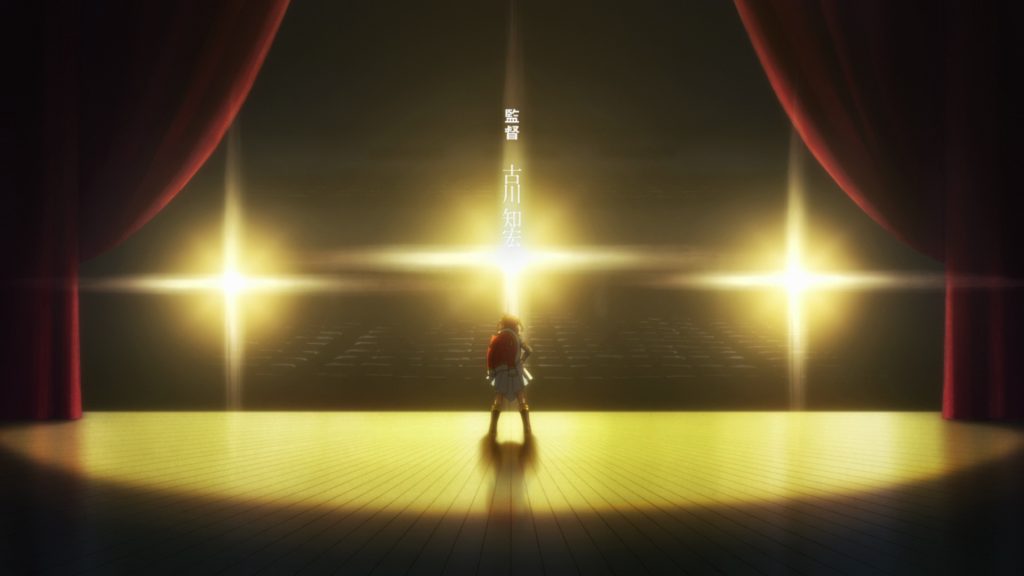
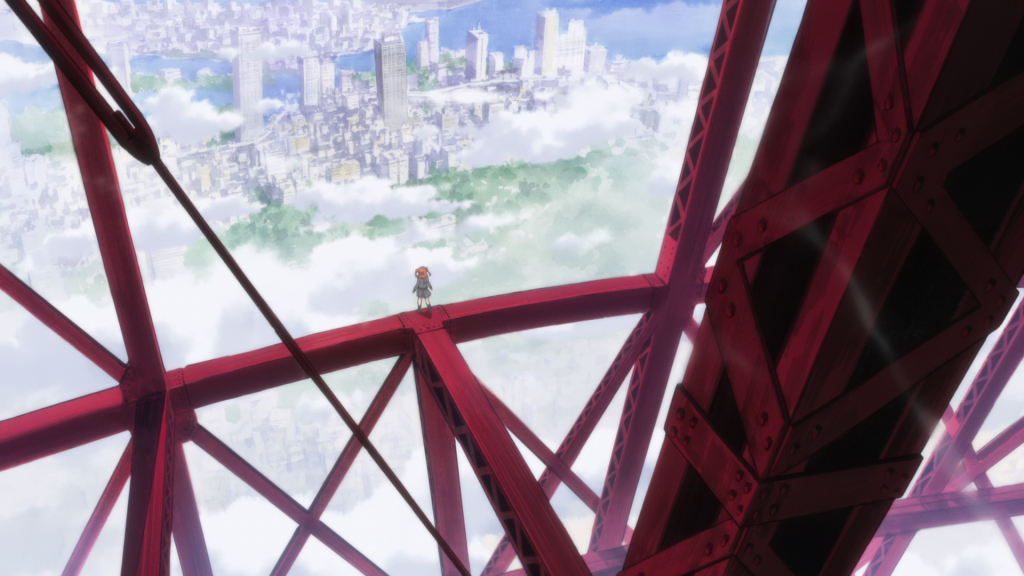
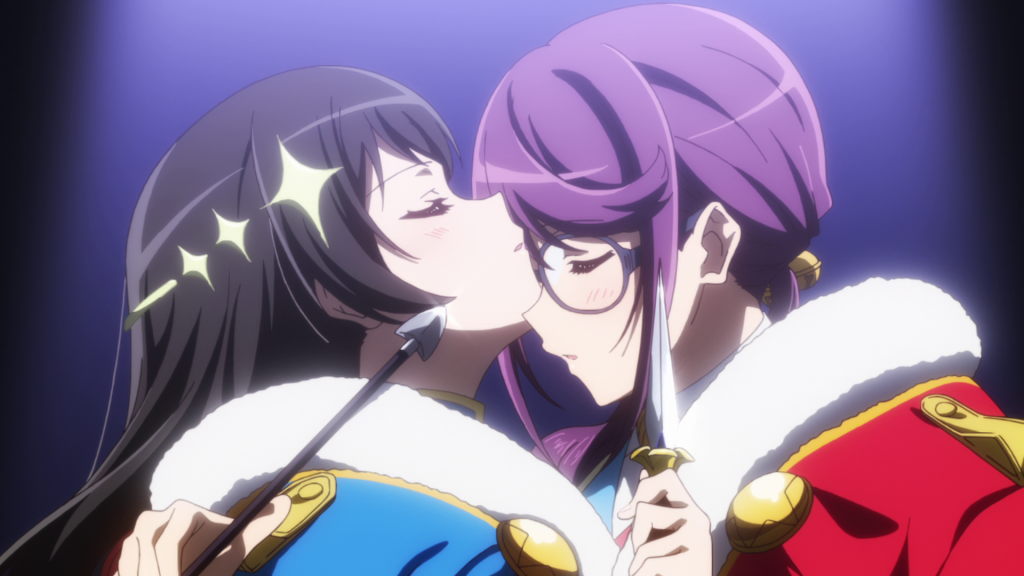
As you may know, I’ve developed a backlog of anime to finish covering in episode reviews and I’ve so far spent about two years ironing it out. One of the last anime on the list is Revue Starlight, a musical show that I covered in 2018 and one of my favorite anime from that year. There are a couple of OVAs and movies that I need to cover. Before I get to them however, and seeing as I have the time to spare, I’ve decided to update/redo my episode reviews for the original TV show. A lot of what I originally wrote will likely be reused here so I acknowledge that this might not be the most drastic do-over. I also admit that Revue Starlight isn’t a very topical anime to talk about (though the franchise is still active and there might be a new anime in the works). I’m just doing this because I feel I can polish my two cents some more and I love the show so much that I want my revisit of it to last a little longer.
Truth be told, I recommend checking out the first episode of Revue Starlight without knowing much about the property. It’s the kind of premiere that wants to take you by surprise and one where seeing is believing. If that isn’t much an endorsement however, allow me to go over the episode.
We begin with an imaginary sequence in which the main cast of the show act out “Starlight”, an in-universe play that plays a large role in the story. The plot of “Starlight” is explained in greater detail in later episodes though this introduction does establish it to be a tragic story of goddesses who are drawn by the heavens. The show then introduces us to our main protagonist, a carefree and warm girl named Karen Aijo (Momoyo Koyama). Karen is part of the 99th graduating class at Seisho Music Academy, a prestigious performing arts academy located in Tokyo. For the school’s upcoming 100th annual festival, the 99th class is preparing to perform “Starlight” for the second year in a row. The students divide themselves into two groups: the onstage performers are Group A (and this includes all of our main characters) and anyone working behind the scenes are Group B (in other words, they don’t matter in this show).
Karen begins her day with morning practice, alongside her roommate and close friend Mahiru Tsuyuzaki (Haruki Iwata). During this scene, we get introduced to six of the other principal characters in the cast: Claudine Saijō (Aina Aiba), Maya Tendō (Maho Tomita), Junna Hoshimi (Hinata Satō), Nana “Banana” Daiba (Moeka Koizumi), Futaba Isurugi (Teru Ikuta), and Kaoruko Hanayagi (Ayasa Itō). A couple of scenes are sprinkled in to give you a glimpse at how these characters to relate to one another. Maya and Claudine are the top two students in their class and Claudine has a one-sided rivalry with Maya. Futaba and Kaoruko are childhood friends; Kaoruko often depends on Futaba for a myriad of things such as waking her up on time and eating her vegetables because she’s a picky eater. Nana likes bananas. Everyone wants the lead roles of “Starlight”; Karen is convinced Maya and Claudine will get them, just as they did in their first year, though Junna is adamant that anything can change.
Right before a class, Karen has a dream where she finds herself high up in Tokyo Tower and someone pushes her off of the building. As she falls, Karen recalls that Tokyo Tower is where she bought her barrette and made a promise with a certain someone. When Karen wakes up, she is shocked to discover that her childhood best friend, Hikari Kagura (Suzuko Mimori), has transferred to her class after studying theater in London for twelve years. Judging by the barrette worn by Hikari and Karen’s dialogue, it’s all but confirmed that she’s the one in the dream who pushes Karen off of Tokyo Tower and the one whom Karen made a promise with. Karen attempts to rekindle her friendship with Hikari, even going as far as invite her to room with her and Mahiru (without Mahiru’s approval, no less). Judging from a couple of scenes, Hikari does yearn to reconnect with Karen but for whatever reason, she’s keeping her distance. The next day, we see Hikari handle classes like it’s nothing, though Maya thinks her heart isn’t in any of it.
Episode 1 starts off on a fairly grounded note. I personally find it akin to a CGDCT idol anime. You have a principal cast of cutely designed girls learning how to sing, dance, and act at school to become the best performers in the world, all while some moe tinted shenanigans happens from time to time. The context is different as the main characters are theater students and not idols but the broad premise does feel a little familiar for anyone who has seen an idol anime such as Love Live!. To be honest, I would’ve been completely okay if this is all Revue Starlight has to offer. It does a good job depicting the characters’ daily lives while keeping it engaging and entertaining. There’s plenty more where that comes from but believe it or not, this slice of life element is actually not what the show is about.
After school, Karen sees Hikari heading back to campus and she decides to find out what her friend is up to. While looking for Hikari, Karen finds an elevator that she doesn’t recall existing before. To both her and the viewer’s surprise, the elevator takes her down to an unrealistically large, underground theater situated beneath a replica of Tokyo Tower. There, Karen sees Hikari and Junna as “Stage Girls”, costumed and magical girl-esque combatants who must fight each other and perform a musical number in a series of revues/auditions. While Stage Girls primarily fight with their weapons, everything in the theater such as the scenery, the lights, and the props can fantastically move on their own, seemingly in response to the girls’ will and to potentially give them an advantage. To win a duel, a Stage Girl must strike a certain button on their opponent’s uniform and cause their jacket to fall off. The ultimate winner of this competition will be crowned the “Top Star” and may have a wish granted. Oh, and there’s a talking giraffe (Kenjiro Tsuda) overseeing the revues. Why, you may ask? Honestly, that’s a very moot question as this point.
So yeah, this show kind of goes off the rails. There really isn’t an explanation behind any of it. Whether it’s the theater or the talking giraffe, everything exists simply because they do. It’s widely believed that this is inspired by Revolutionary Girl Utena, a 90s anime that also involves magical duels (as well as yuri). I haven’t finished Utena but the similarities between that and Revue Starlight do exist. However, that still doesn’t explain what’s going on in this show.
I can see that putting some people off. Me personally, it really was this final act that sold me on the show. Like naturally, my first reaction to this madness was confusion but it nevertheless intrigued me. Metaphorically speaking, the fighting between the characters is symbolic of the competitive nature of showbiz. Everyone aspires to be at the top and while they may be classmates and friends, the reality is that they will fight each other in the same industry and try to become better and more famous than the other. Having the characters become a sort of magical girl and compete for a crown is essentially taking this notion into a very literal sense.
As for the giraffe…honestly, your guess is as good as mine. Its purpose is to be a POV character for the Revues but I still can’t confidently determine why it’s a giraffe of all things. My best guess is it’s because giraffes are tall and that’s befitting of it being the observer of everything in the theater and as well as parallel to Tokyo Tower. It could also just because the staff thinks giraffes are quirky, which fair enough to that.
The first Revue certainly makes a strong impression, setting the standard for later duels to follow. I particularly like how it escalates. Hikari and Junna first fight on even footing and this is reflected in the stage looking like a plain arena. As Junna starts to go on the offensive however, the stage seemingly responds to her will and becomes more elaborate in nature. The fighting likewise begins to get more dynamic, with Junna gaining a trapeze that allows her to fire her bow at long range and force Hikari to focus more on evasion and defense. A prominent prop here is the myriad of fake stars placed around the arena. These are presumably referring to the goal of becoming Top Star, a power so potent that it’s akin to reaching out to the stars in the heavens. When Junna pretty much has Hikari beaten, the latter gets pinned to one of the stars, breaking it a bit upon impact. Not only does this compliment how screwed she is at the moment, it’s also a nice bit of foreshadowing to her character.
Curiously, the giraffe tells Karen that she isn’t intended to be part of the audition process, stating that she lacks the determination to compete in it. This immediately changes when Karen sees Hikari in trouble and she decides to leap into the arena to help her, revealing that two of them promised to be “stars” together. I really love the magical girl transformation sequence that follows. For one, the music is hyped and it really elevates the scene into something exciting. Two, the sequence is very unorthodox as Karen only appears at the bookends. Most of the sequence instead depicts the fantastical manufacturing of Karen’s Stage Girl outfit. It plays into the idea that the theater is responding to the Stage Girls’ will and it evokes the idea of Karen getting ready “backstage” before stepping into the spotlight. My one nitpick is that Karen is actually the only one who gets this treatment. You could easily draw anyone else into this particular sequence and call it a day but this never once happens in the show.
Something that you may notice in this episode is that Karen sure has a habit of falling off of something. Given how recurring it is, it’s safe to say there’s some meaning to it, though it is sort of on a case by case basis. In the dream sequence from earlier, Karen is falling with her back towards the ground, giving a sense of ominousness or uncertainty. Conversely, when Karen jumps into the arena, she faces forward as she’s making the conscious choice to leap into a dangerous situation and change the fate of both Hikari and herself. The image of Karen falling down is also evoked in her transformation sequence. Here, she stumbles at first but her posture gradually straightens a bit, as if she’s more willing to fall down, which coincides with the transformation beginning in earnest.
It’s also worth noting the phrase that appears in the background as Karen falls in her transformation sequence, “I am Reborn”. This frankly becomes much more meaningful as the show goes on but right now, it refers to a line from Karen at the beginning of the episode, where she tells Claudine that she’s evolving everyday. In other words, she’s always reinventing herself. It’s certainly an applicable phrase for the transformation sequence as Karen seemingly disappears and then reappears to become a Stage Girl. The second she transforms, she is reborn.
Each Revue in the show actually has its own title. This one in particular is called the “Revue of Passion”. Right off the bat, the name fits as both Hikari and Junna are in it to win and the battle is determined by who is more passionate about winning. As mentioned earlier however, Maya notes that Hikari lacks a spark to her craft so how passionate she is in the Revue is somewhat called into question. Of course, “Revue of Passion” also refers to Karen, who apparently lacks the drive to compete but then proves that notion wrong when she decides to fight.
One thing that I feel I really neglected on in the original episode reviews is talking about the insert songs. Admittedly, this is an area of weakness for me as a critic but it’s still a silly decision considering that this is a musical anime and personally, I adore Revue Starlight‘s soundtrack. It honestly has some of my favorite insert songs in anime.
This first insert song is called “Until the World is Turned to Ash”. I wouldn’t call it my favorite song in the show but I still dig it. It’s certainly good enough that I became curious about the rest of the vocal tracks. For the most part, the song has a very dramatic and grand orchestral arrangement. Not that I was expecting an peppy pop song or anything but this is the right kind of song to establish the gravity of the Revues and set the tone for the story going forward as well as the show’s nature as a musical. On a more specific note, it lets it sink in how serious Hikari and Junna are about winning. Naturally, the song shifts the second Karen joins the Revue. Some electric instruments get thrown in and the song noticeably ramps up in speed, giving it a more excited atmosphere.
Obviously, I’m at the mercy of the subtitles when it comes to the lyrics but the translations still gives an idea of what the song is about. Given the theme of the Revue, each of the three singers naturally sing about a dream they can’t let go of and that they must see it realized. Junna’s lyrics connects most to the title of the song. She literally title drops in one of her lines. I love how dramatic she is here, what with her singing that she “will not be stopped, not until this world has been turned to ash”. In other words, she’ll pursue her dream even if the world freaking ends. Conversely, Hikari’s lyrics are more melancholic by nature. She sings about her memories “growing smaller” and “will one day disappear”. What’s keeping her going is a “secret vow” she made. This all makes more sense after a later episode but it is interesting how Hikari lacks the fieriness expressed by Junna.
Karen’s lyrics are kind of funny as she follows Hikari and Junna up by saying that she too has a dream. Between this and the faster and more rocking tune at the end, it’s as if Karen is hijacking the song from the other two. The last line, “the fires of passion have been quietly lit” is a little weird at first. I’d argue that Karen’s entrance is quite “loud”. If anything, the catalyst this line may be referring to is the second Hikari transfers to Seisho and ultimately sets Karen up on her journey. It’s worth noting that Karen almost never sings first in the musical numbers. I find that fitting given that she wasn’t supposed to participate in the Revues and she’s now there as a sort of underdog.
To wrap things up, Karen manages to defeat Junna, thus making her the winner of the Revue. Despite Karen lending her a hand, Hikari isn’t terribly happy to see her friend become a contestant. This is explained later in the show though one obvious concern here is that with Karen joining the fight, she and Hikari will likely have to fight for the crown and that comes in conflict with whatever promise they made together. That’s a strong enough hook going forward but really, I’ve already been sold on the show for a couple minutes at this point. This episode really stunned me back in the day. I was not ready for what this premiere had to offer and while I did ponder on the logistics, I came out of it pleasantly surprised. The surprise has obviously diluted now but that doesn’t stop me from enjoying this episode and getting excited for the rest of the show.
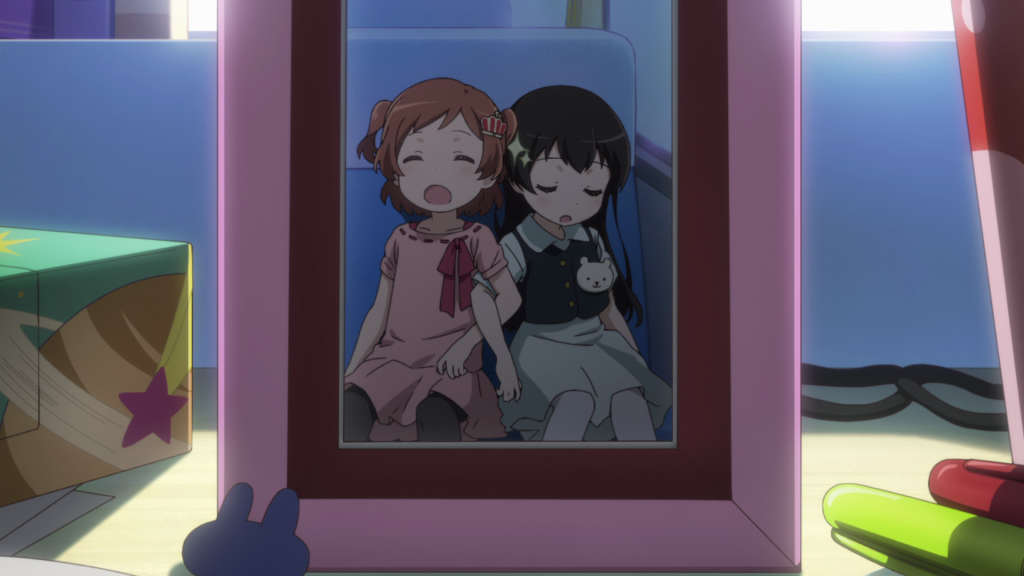
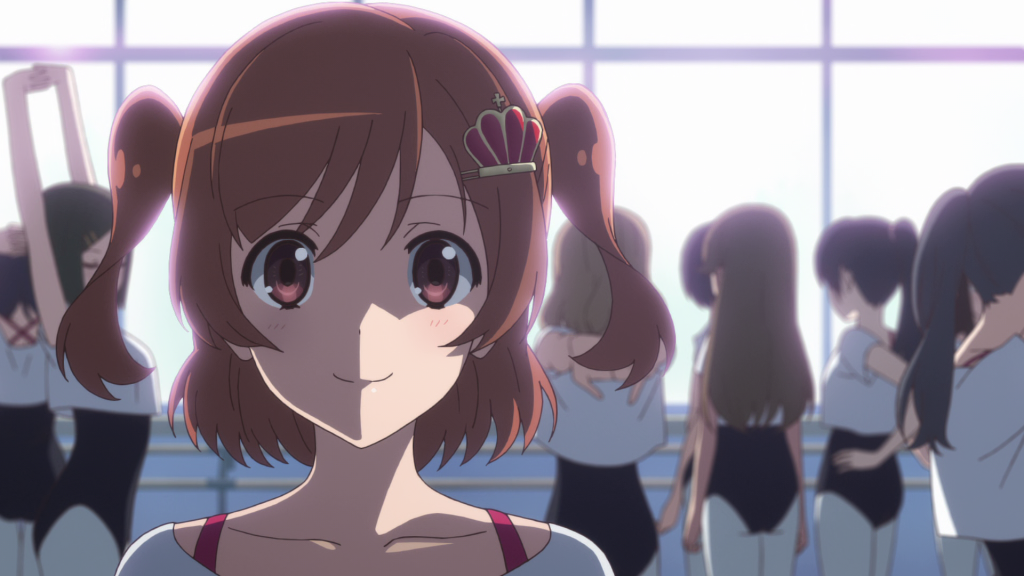
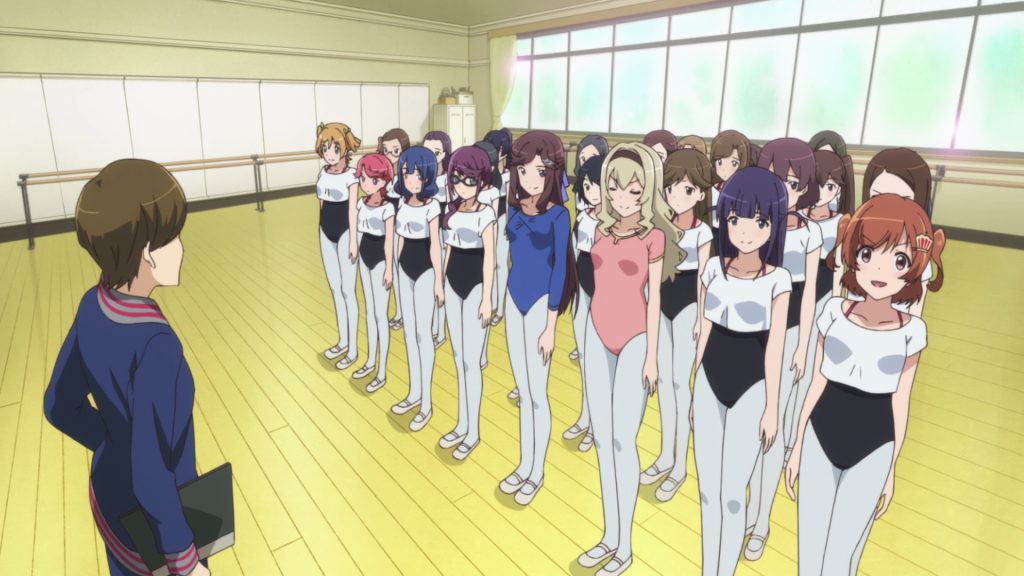
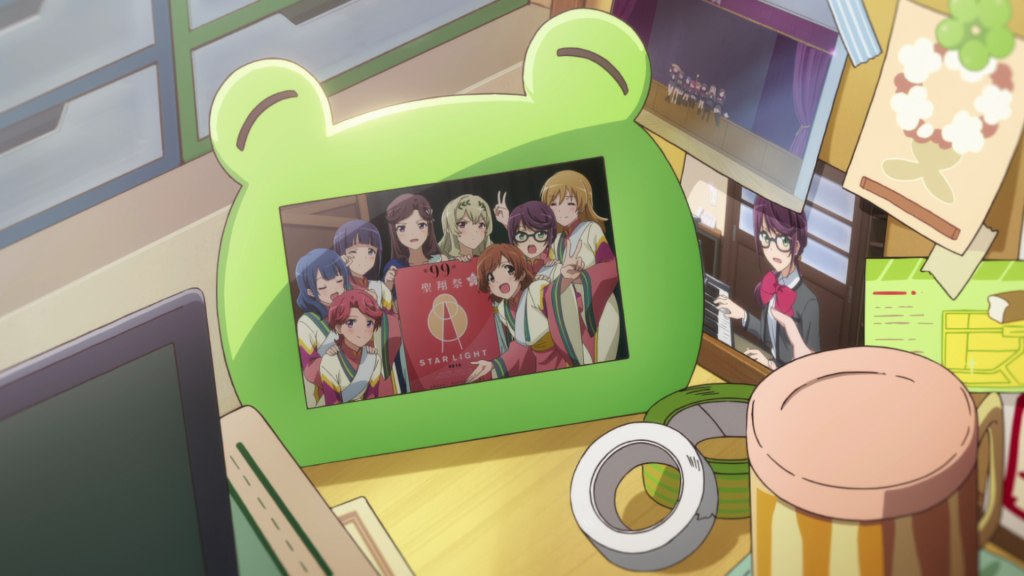
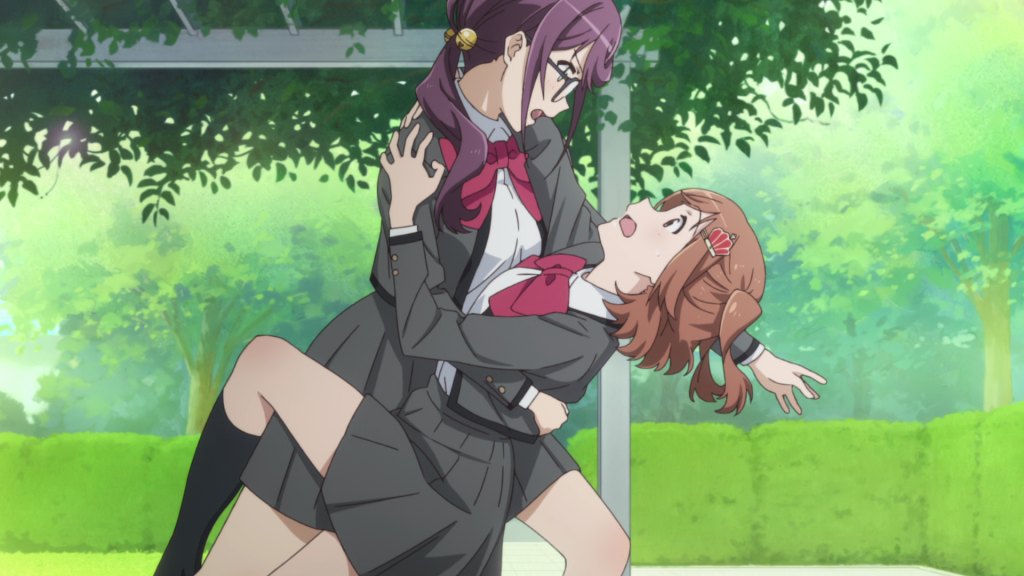
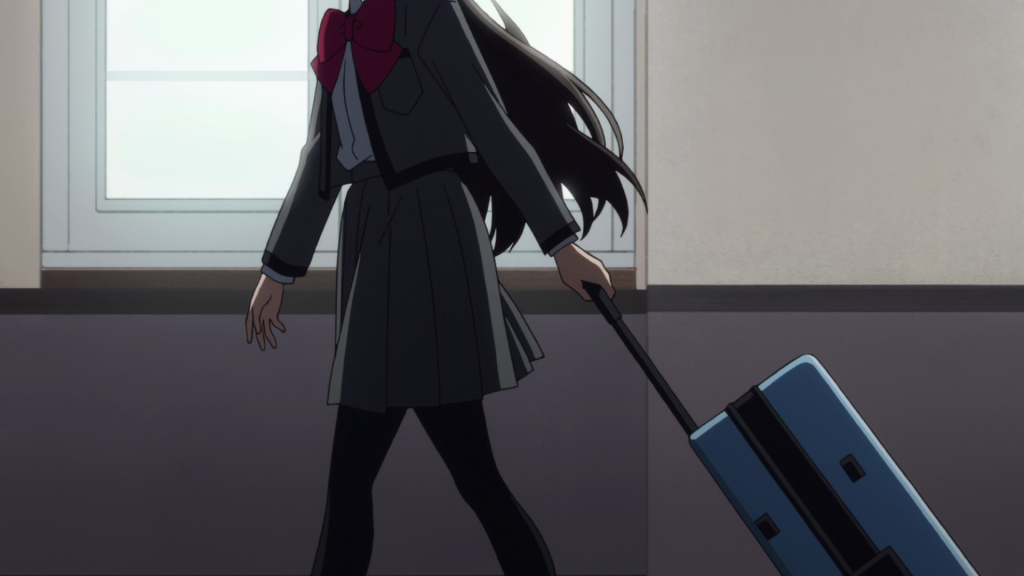
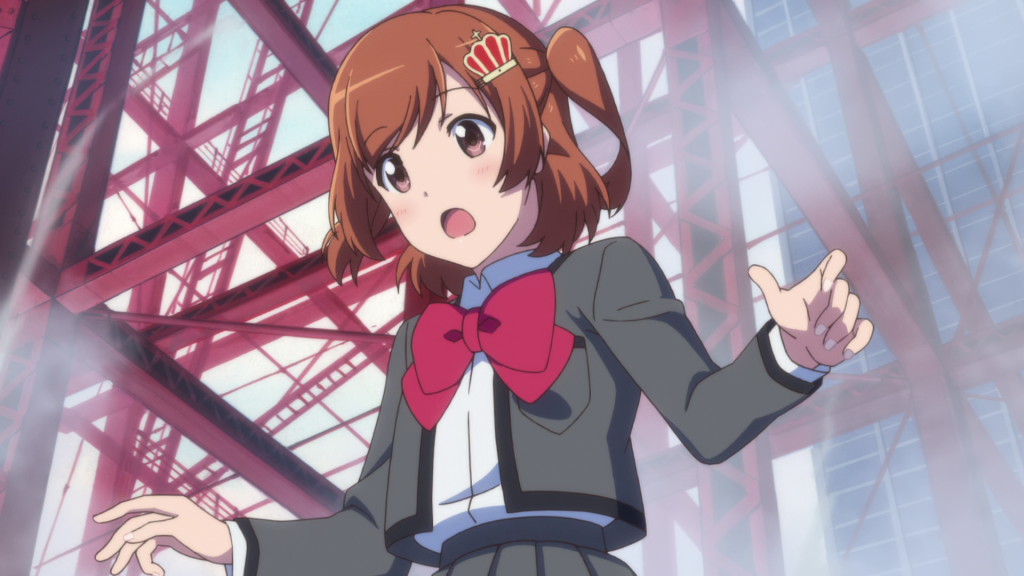
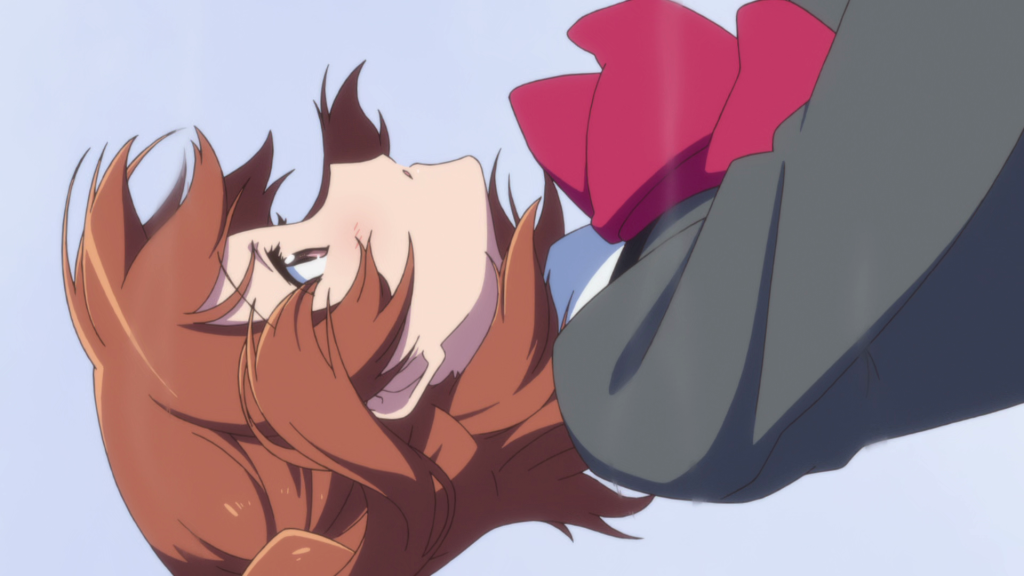
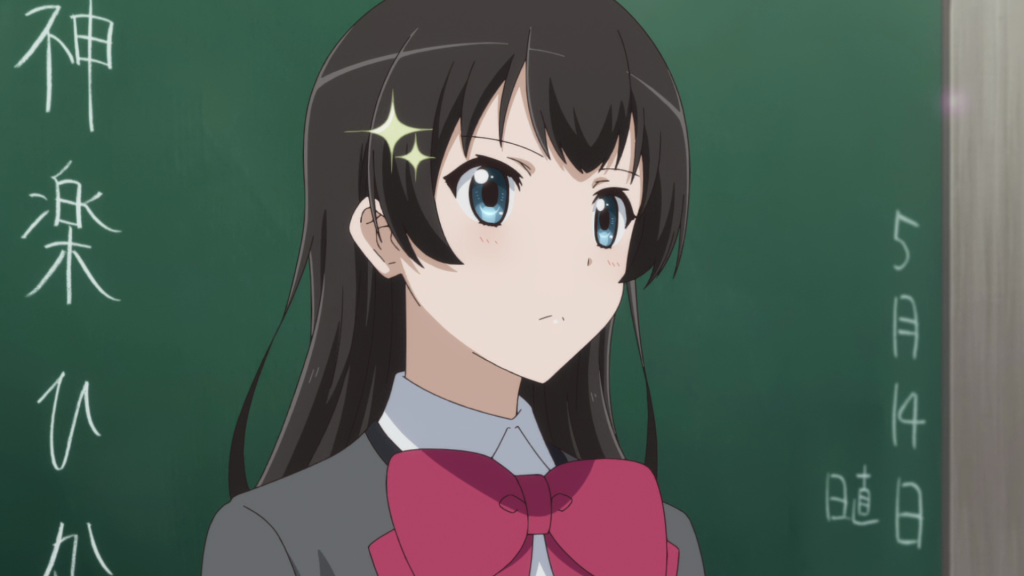
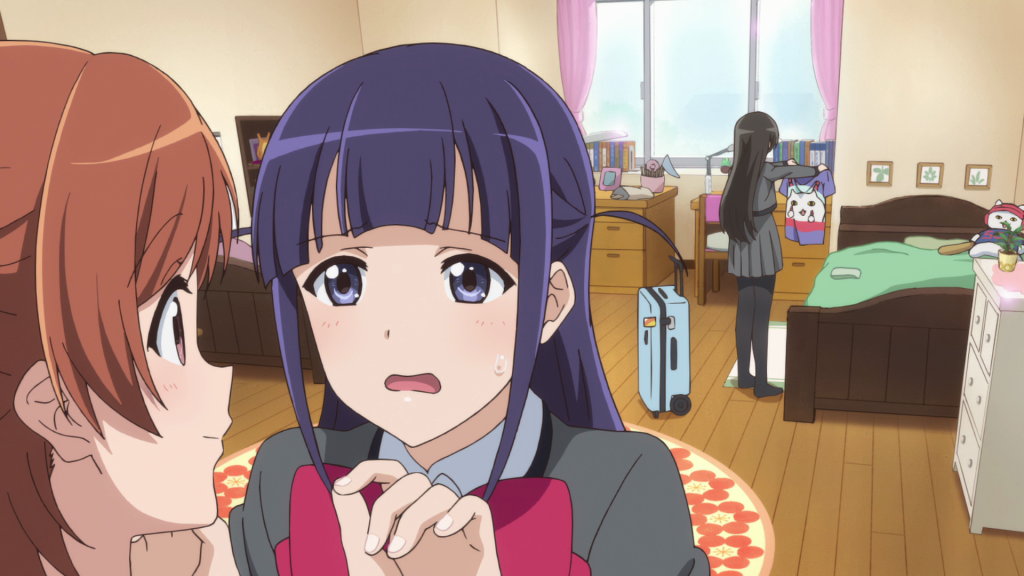
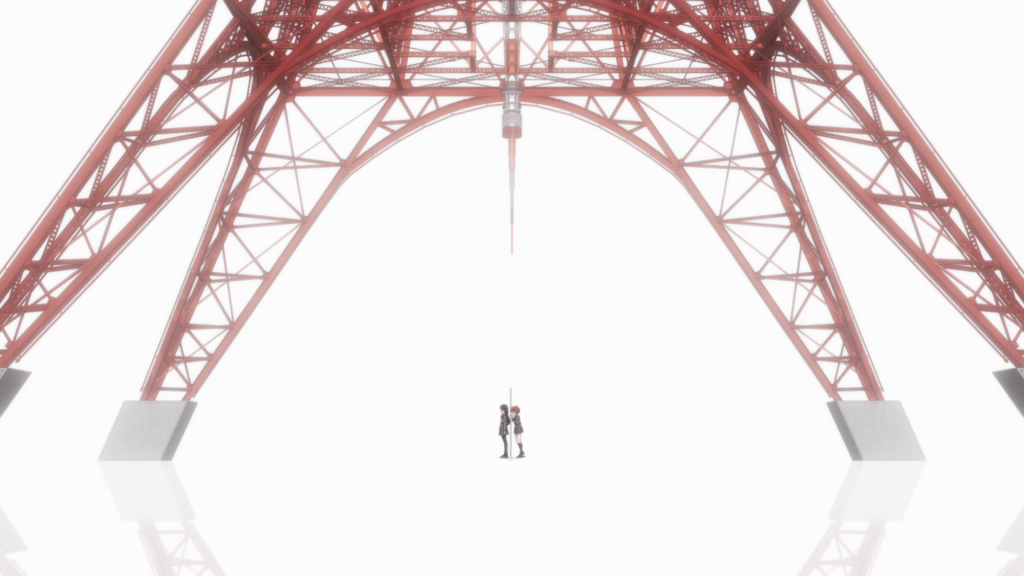
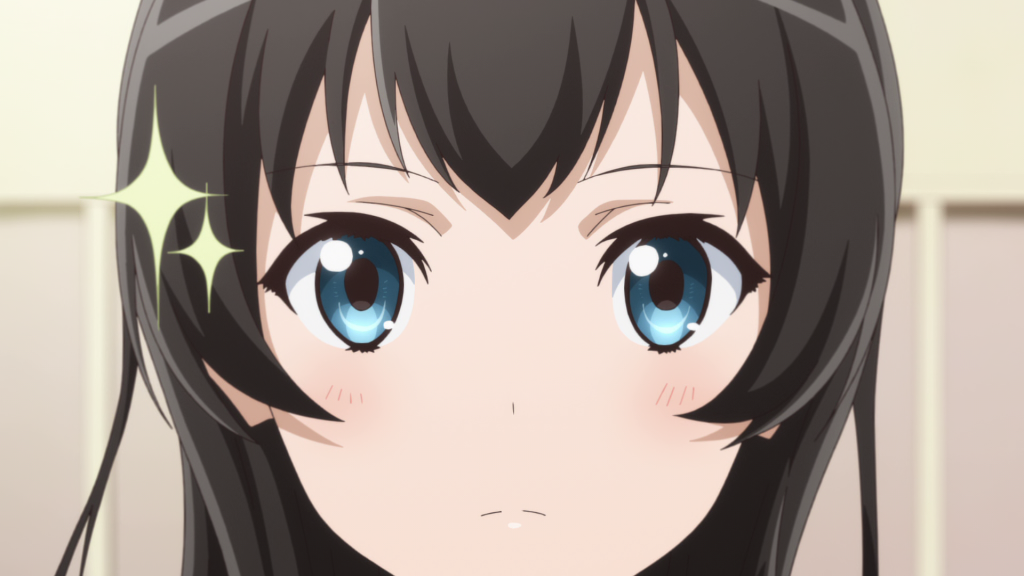
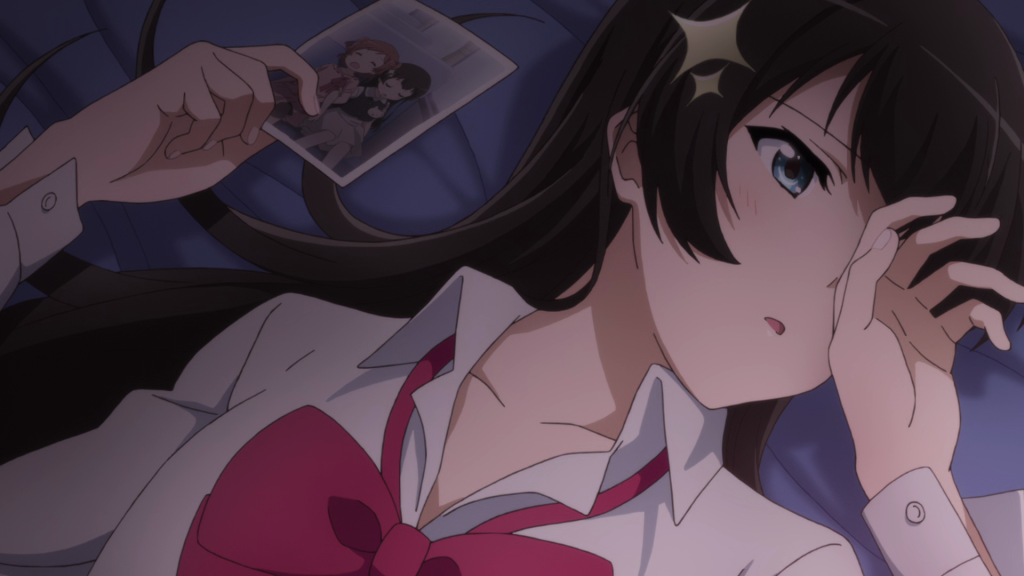
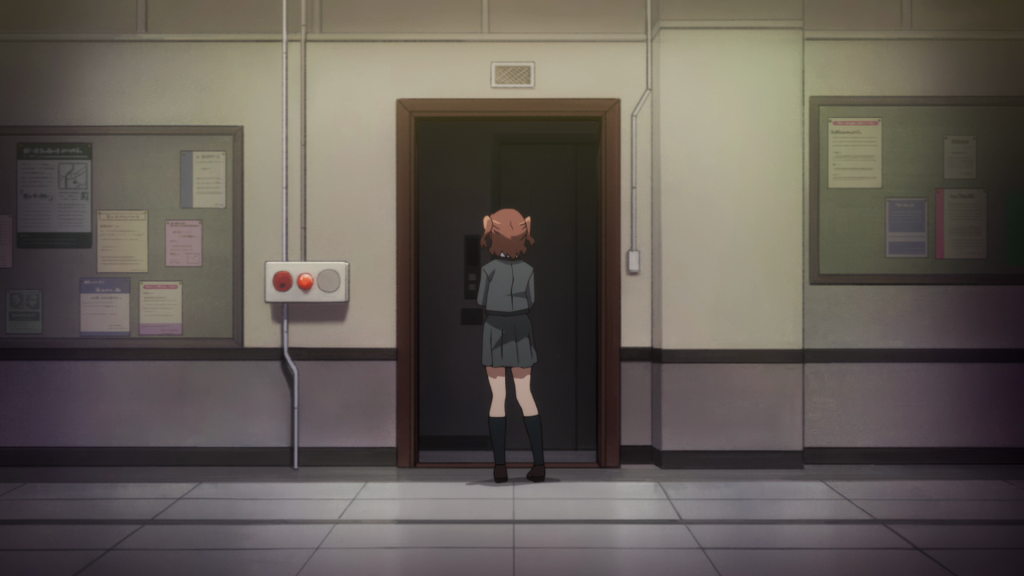
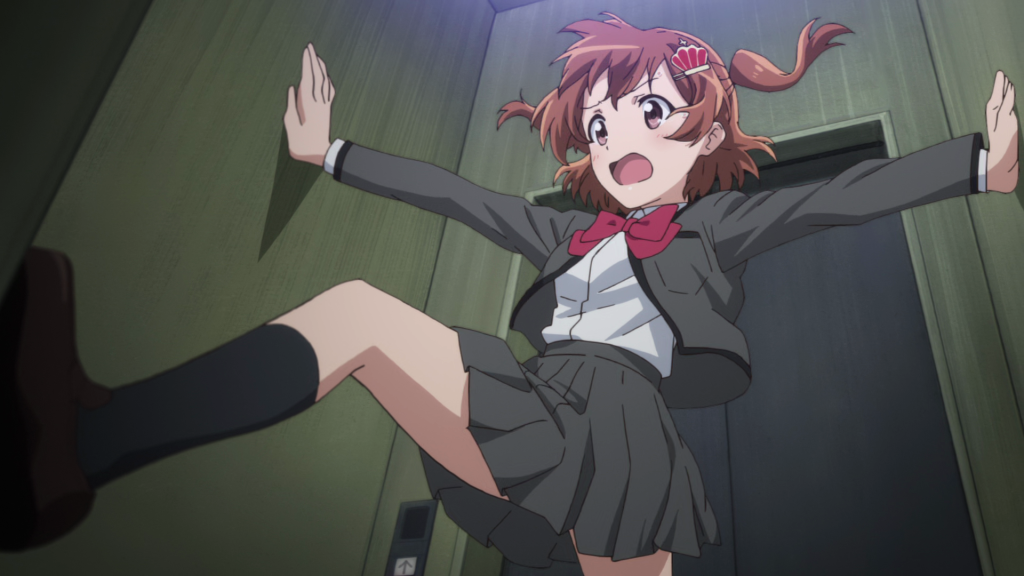
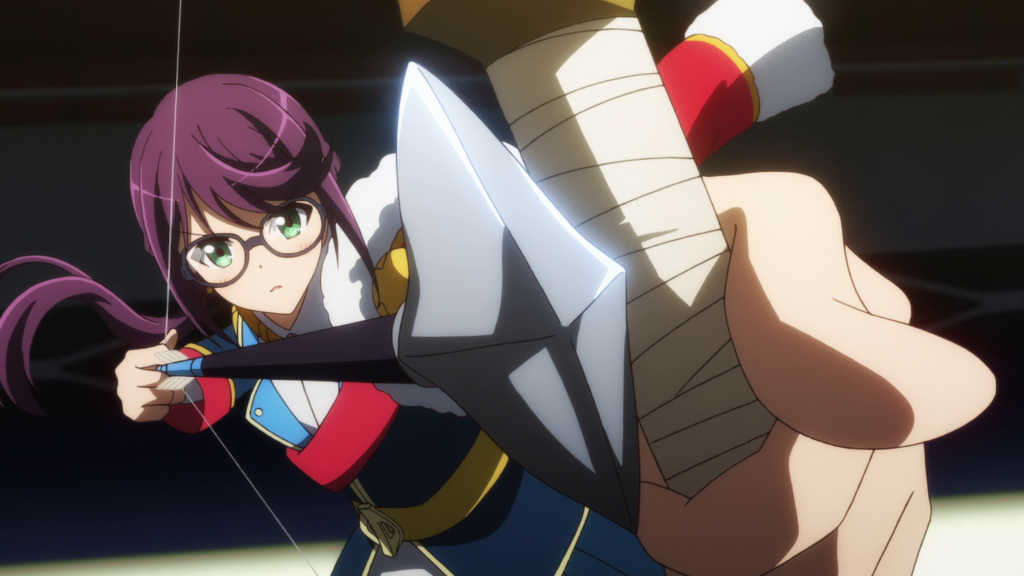
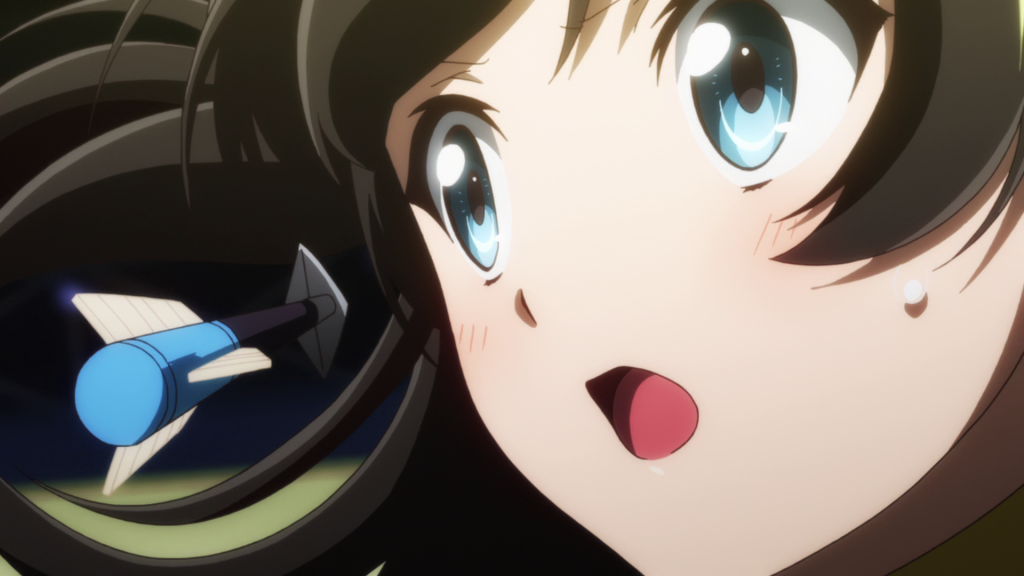
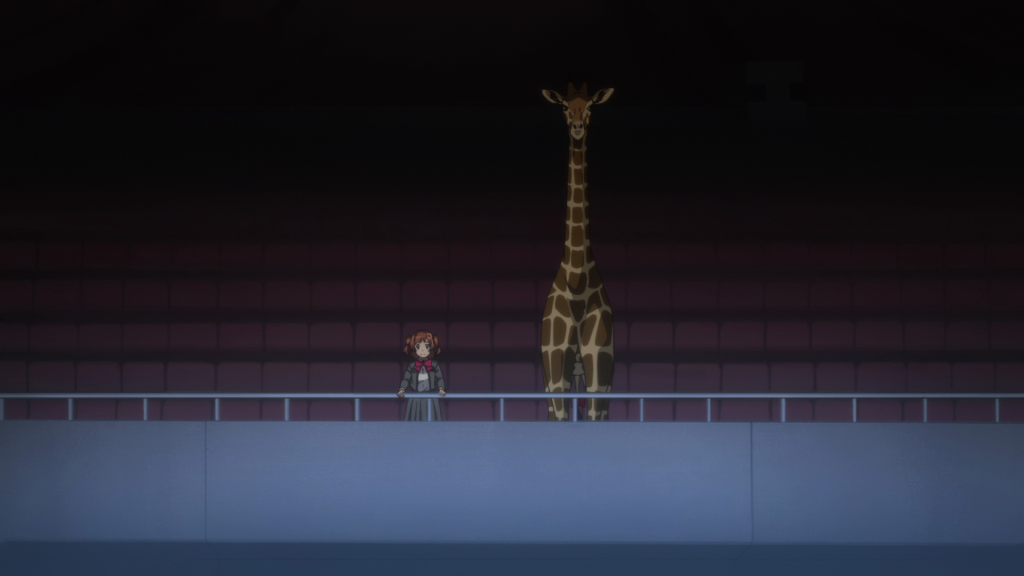
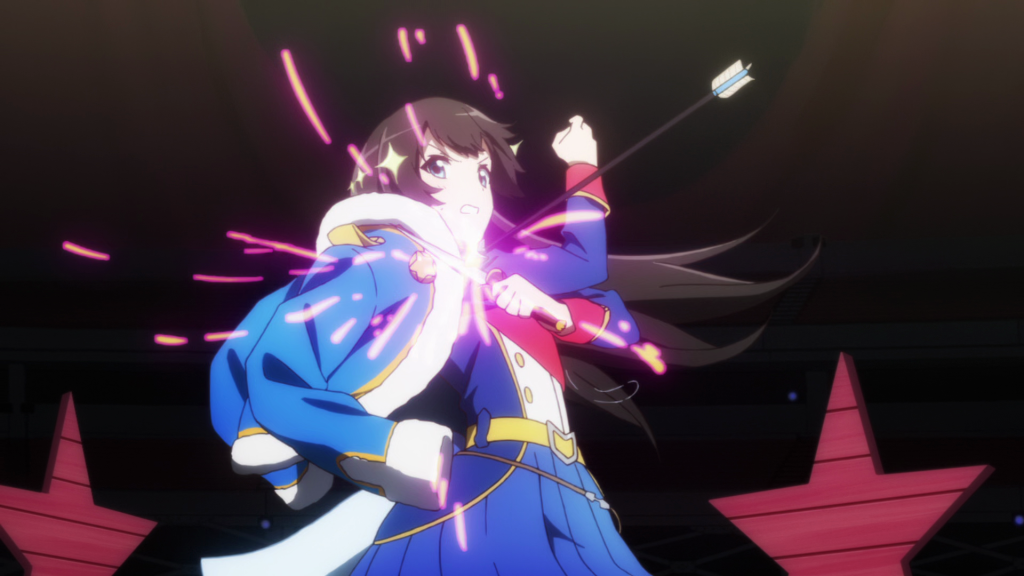
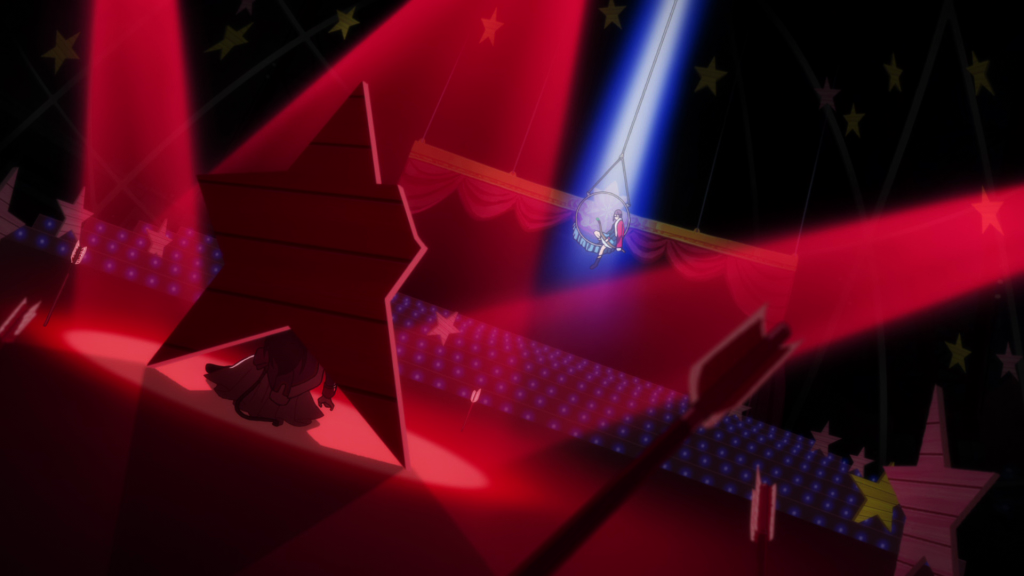
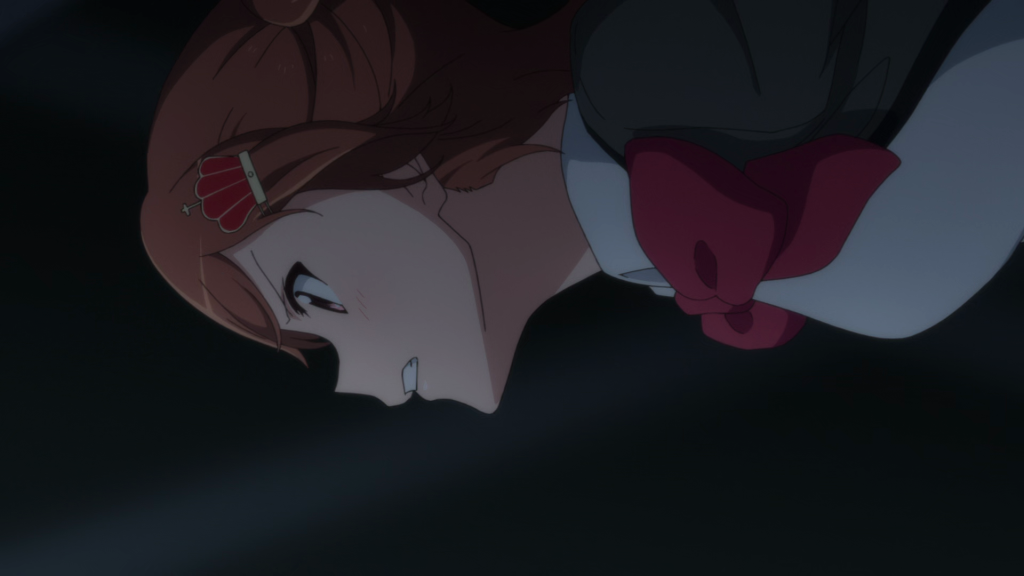
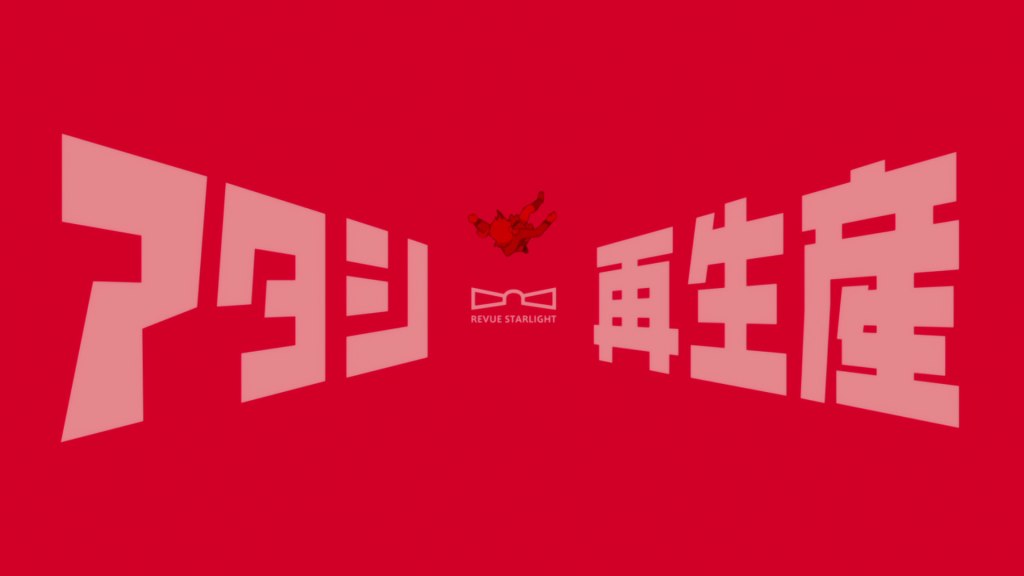
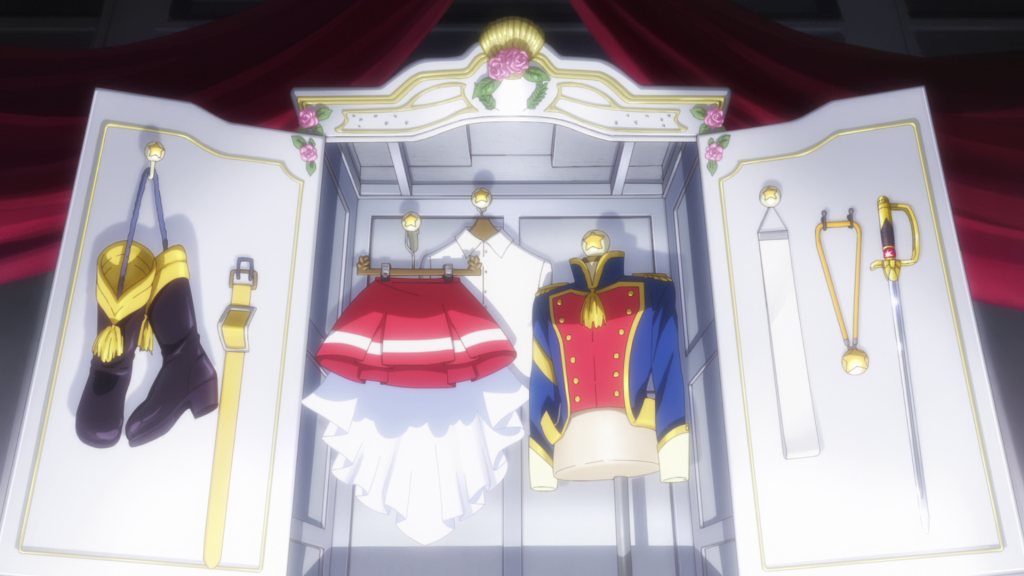
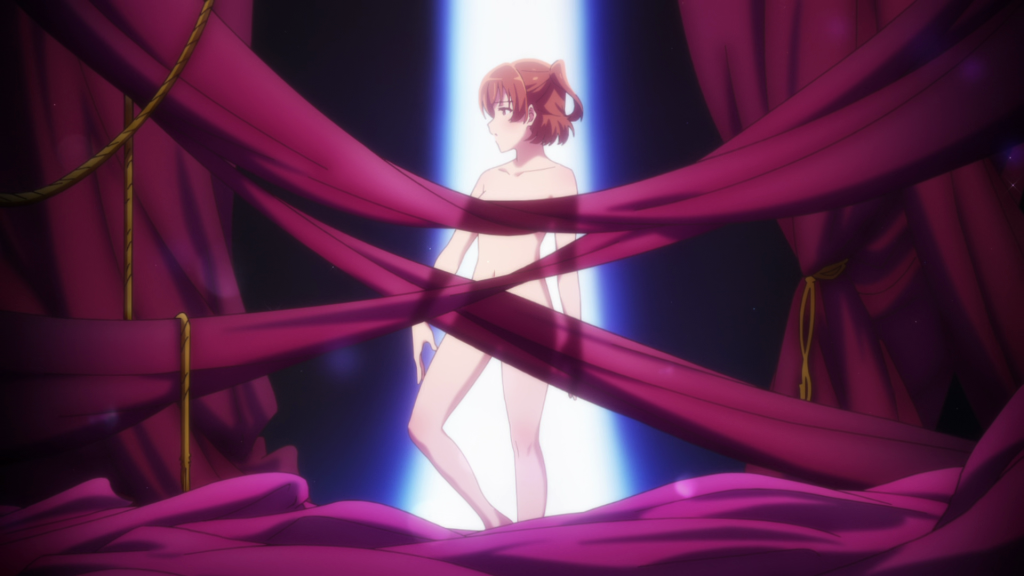
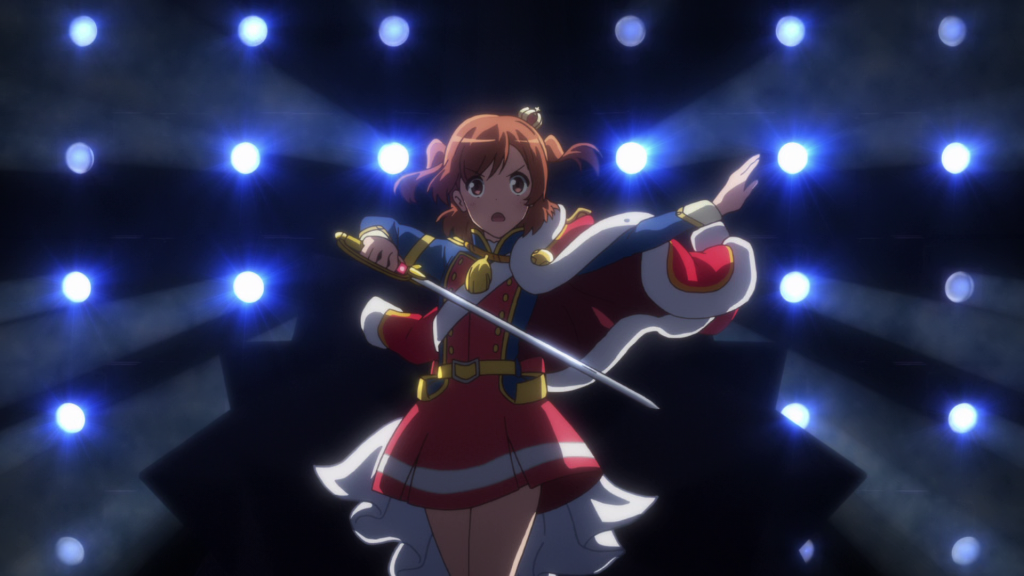
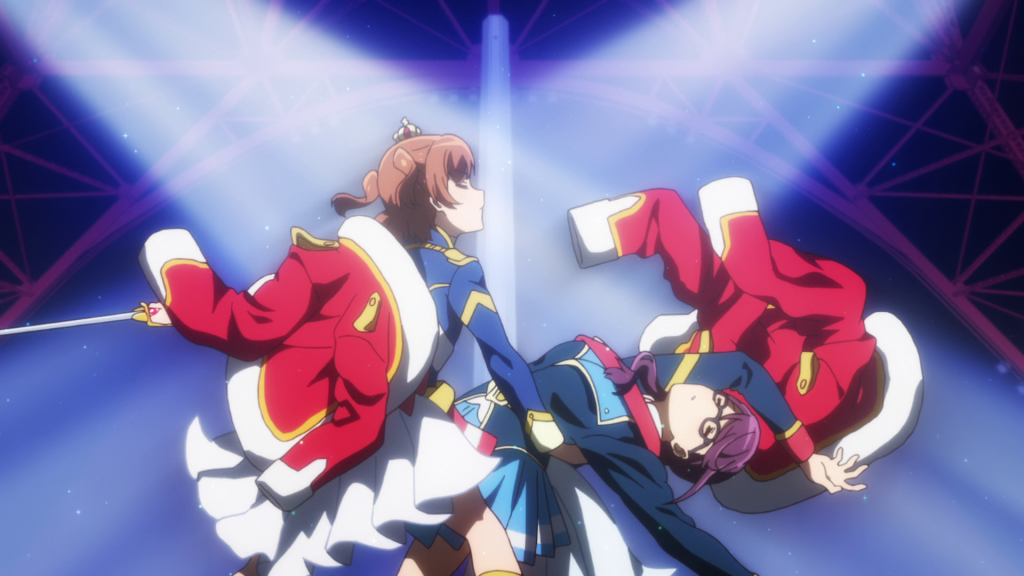
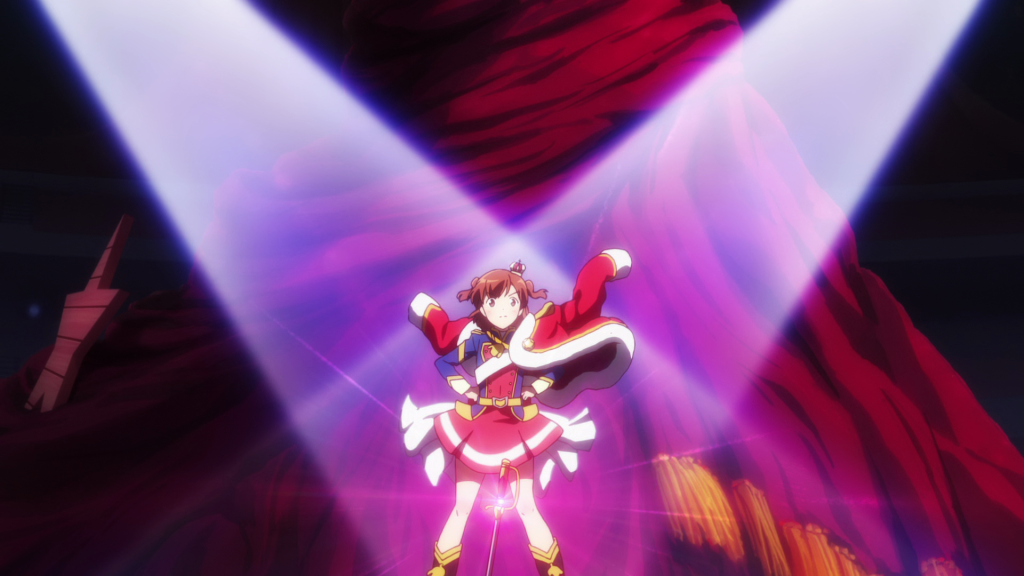
OP: “Hoshi no Dialogue” by Starlight Kukugumi
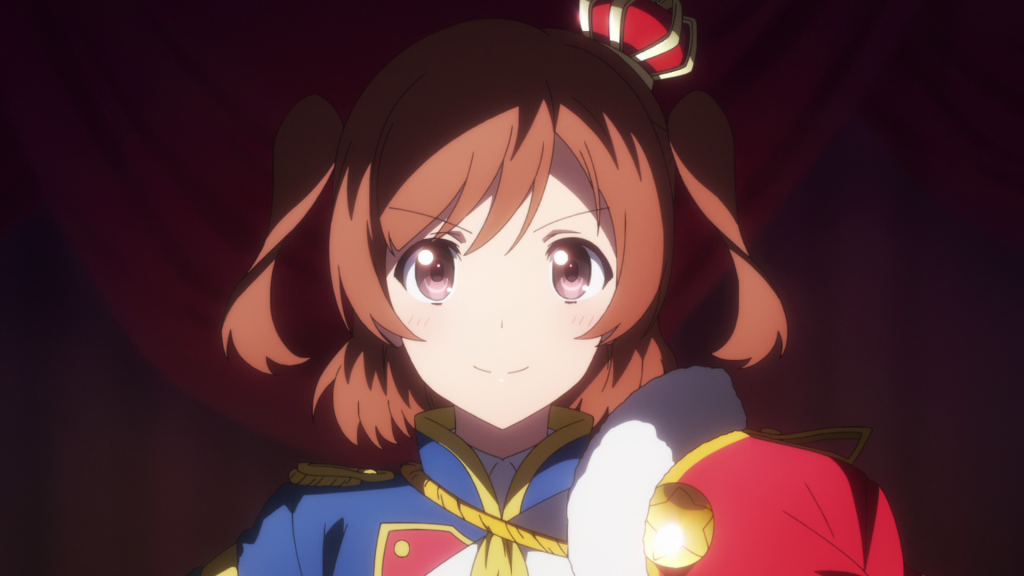
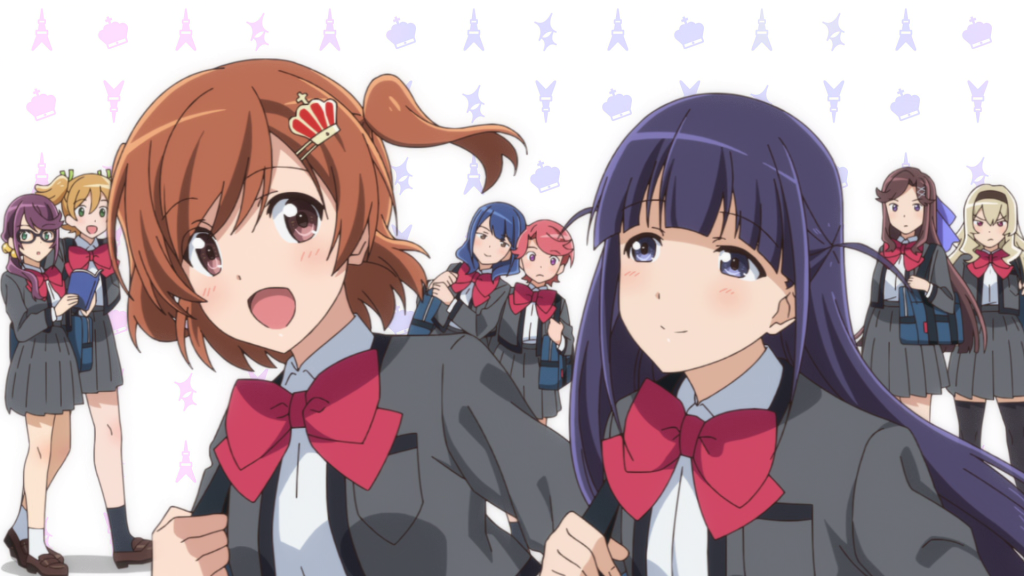
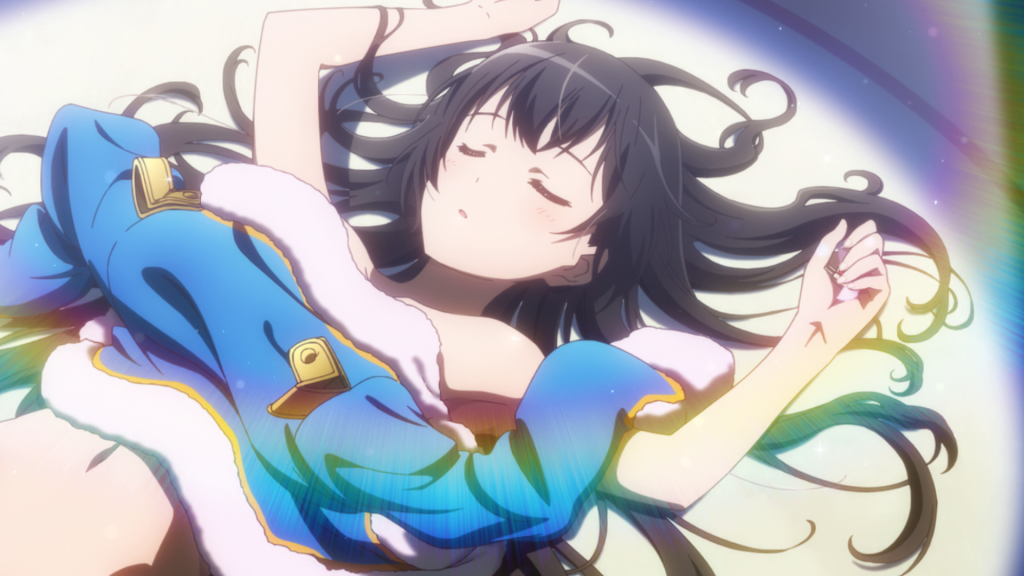
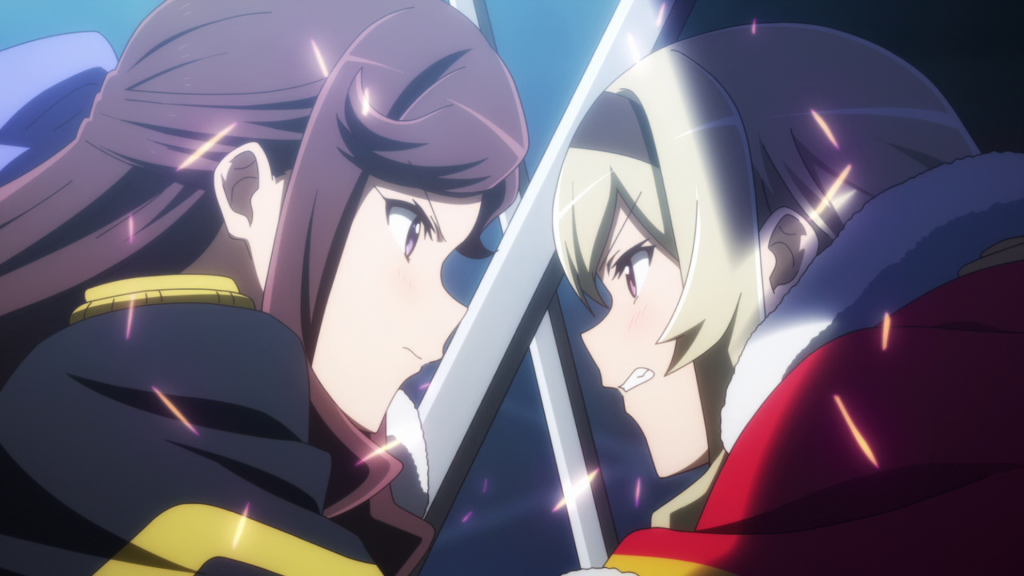
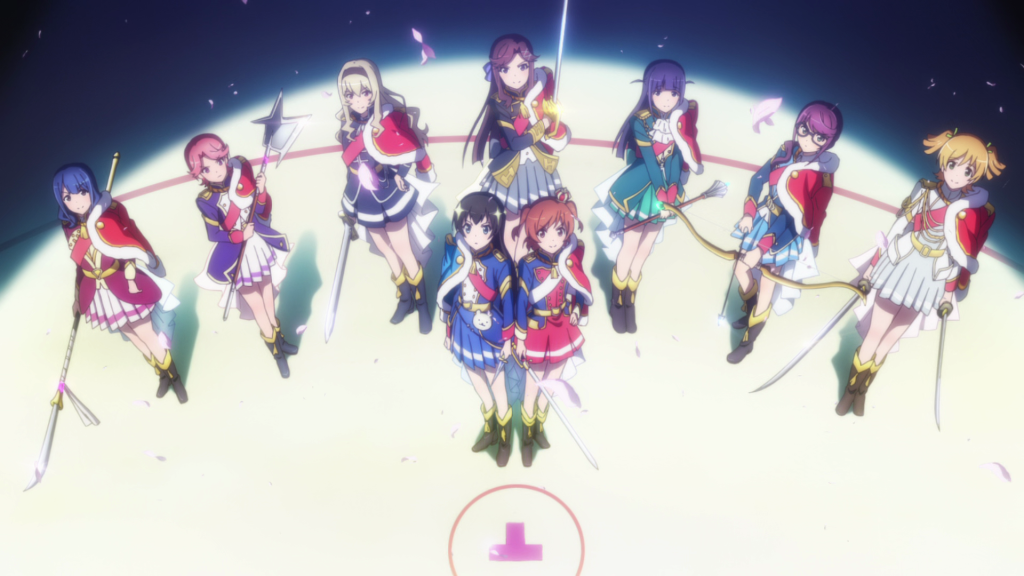
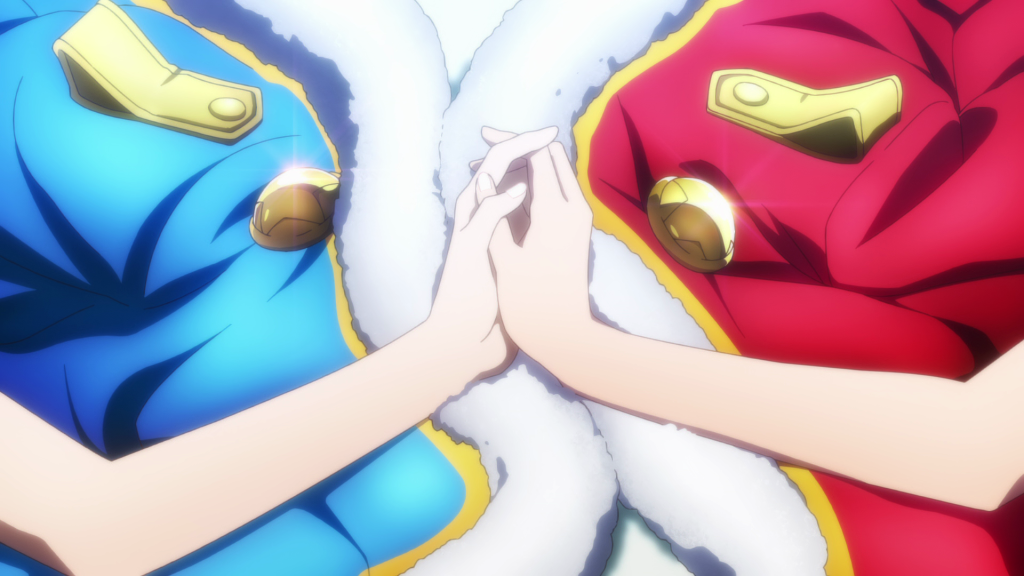
I really like this OP. The song is definitely more of a pop single compared to the insert songs but it still has some musical affectations thrown in to keep it in line with the premise of the show. The best aspect of the OP is how it goes from the characters being friends at school to bitter rivals at the Revues and how the song ramps up in sync to these images.

